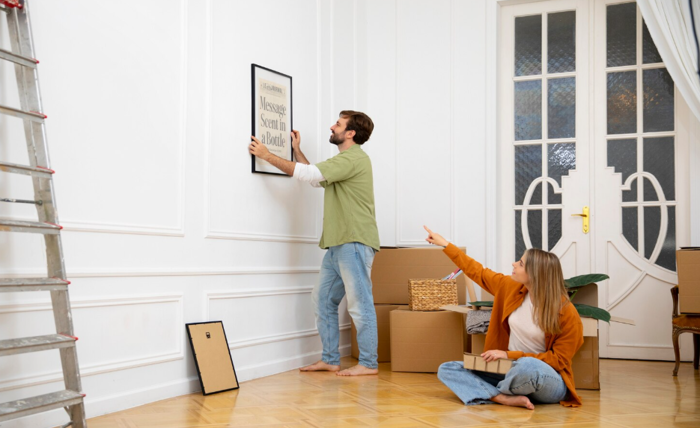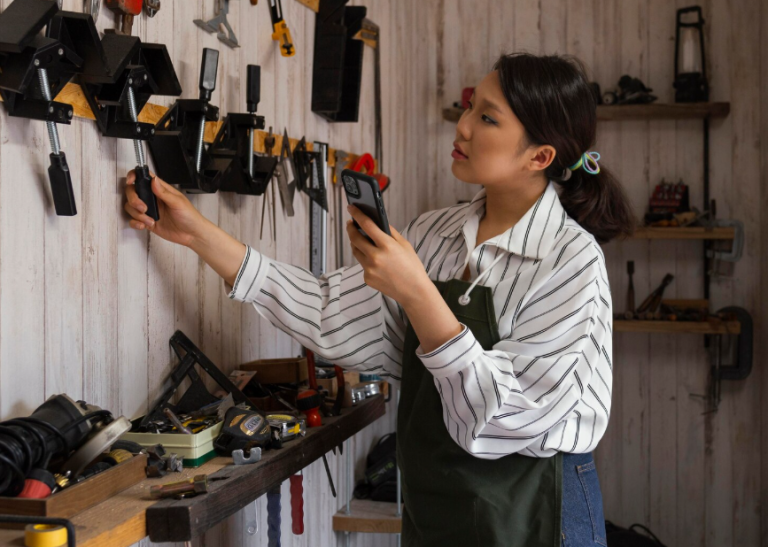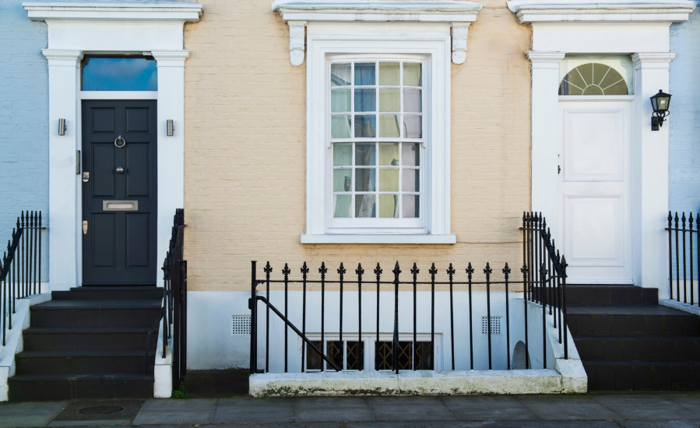In modern home design, the challenge is no longer simply creating spaces that look beautiful. Today’s homeowners are demanding more—they want their homes to be both visually appealing and highly functional. But how can you strike the right balance between style and utility? The key lies in thoughtful planning, creative solutions, and understanding how design elements can serve multiple purposes.
Understanding Functional Style
Functional style is about making every element in a home work harder for you without sacrificing aesthetics. It’s a principle that recognizes that furniture, décor, and layout should not only please the eye but also enhance everyday life. A sleek kitchen island can be a statement piece while providing extra storage and workspace. A stylish sofa might hide built-in storage or include reclining features for ultimate comfort. Companies like The Slipcover Company show how a simple cover can transform a sofa’s look while protecting it from wear and tear. The most successful designs are those where function and style complement each other seamlessly.
Smart Layouts for Modern Living
One of the foundations of blending function and style is the layout of your home. Open-plan spaces, which remain popular today, allow rooms to flow naturally while maximizing light and social interaction. However, the key to functionality in such spaces lies in subtle zoning. Using rugs, furniture placement, or shelving units can define areas for dining, relaxation, or work without interrupting the aesthetic flow. This approach ensures that style does not overpower usability, and every corner of the home serves a purpose.
Multi-Purpose Furniture: Doing More With Less
Space is often at a premium in today’s homes, and multi-purpose furniture has become essential. Pieces like fold-away beds, extendable dining tables, and modular sofas are excellent examples of design innovation that blends style with practicality. A coffee table with hidden compartments or a sleek storage ottoman can provide extra room for organization while enhancing the overall décor. Investing in such pieces allows homeowners to maintain a clean, organized environment without compromising on style.
Color, Texture, and Materials
Color, texture, and materials are crucial tools for blending function with style. Light and neutral tones can make a space feel larger and more open, while darker shades can create cozy, intimate corners. Materials like hardwood, glass, and metal not only add character but also offer durability and ease of maintenance. Textured fabrics and layered textiles can soften a room while remaining practical for everyday use. The trick is to select elements that are beautiful but can withstand the demands of a busy household.
Technology Integration
Technology plays a growing role in merging function with style. Smart home systems allow homeowners to control lighting, temperature, and security with minimal effort, often in ways that integrate invisibly into the décor. Hidden charging stations, motorized blinds, and discreet entertainment setups ensure that technology enhances convenience without cluttering living spaces. When done thoughtfully, tech solutions can elevate both the usability and the sophistication of a home.
Personalized Design Choices
Blending function and style is also about personalizing your home to suit your lifestyle. A family with young children may prioritize durable, easy-to-clean surfaces and furniture with rounded edges, while a working professional may invest in an ergonomic home office that doubles as a visually appealing study. Tailoring design choices to the specific needs and habits of residents ensures that a home is not only stylish but also genuinely livable.
Minimalism Without Sacrifice
Minimalism has emerged as a key strategy for merging aesthetics and practicality. By focusing on quality over quantity, homeowners can reduce clutter and create spaces that are both calming and functional. Clever storage solutions, such as built-in cabinets and under-stair drawers, allow for clean lines without sacrificing utility. Minimalist design encourages intentional living, where every item serves a purpose and contributes to the overall style of the home.
Conclusion
The art of blending function and style in today’s homes requires a careful balance of aesthetics, practicality, and personalization. From smart layouts and multi-purpose furniture to technology integration and thoughtful material choices, every element can contribute to a home that is both beautiful and livable. Ultimately, successful design is not just about what a home looks like—it’s about how it supports and enhances the lives of those who live within it. By embracing both style and function, modern homeowners can create spaces that are elegant, practical, and truly reflective of their individual needs.







